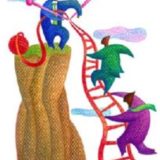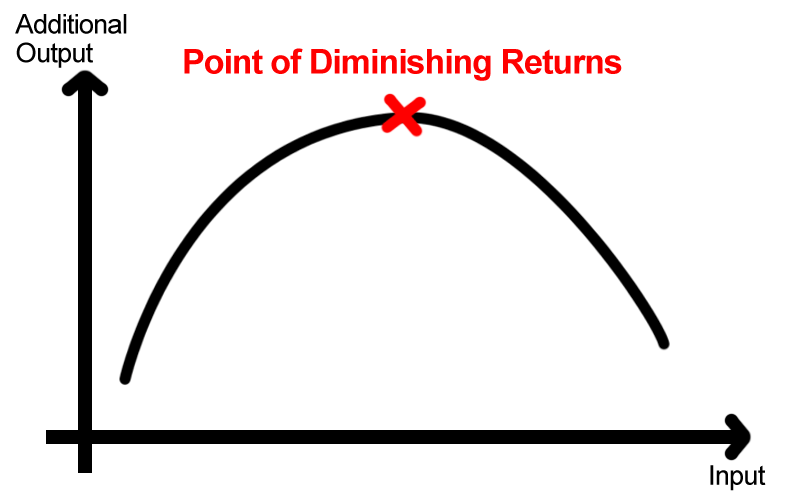
 Does your organization rely on teamwork?
Does your organization rely on teamwork?
Are all of your teams functioning the way that you would like them to?
Do you think that there’s room for improvement?
Given the amount of interest in team effectiveness, it’s reasonable to assume that you would like some tips on how to improve yours.
That’s nothing to be ashamed of. Anytime you bring together a disparate group of people, there are bound to be conflicts – everything from those that simmer below the surface to those that threaten the survival of the team itself.
There are a number of factors which those who teach team building will tell you is essential for effectiveness; and what you need to realize is that for the most part, they are wrong.
So rather than go with the flow, keep on reading.
Clear sense of purpose
The first tenet that is often taught as the key to team effectiveness is that the people in it must have a clear sense of what their purpose is.
The problem with this is that it’s partly true; but like all partial truths, there’s also something that’s false.
There’s no question that it’s easier for people to work together if they have a good understanding of what they are supposed to do. The falsehood is that because they know, they will work together. Obviously, that’s not the case. Some will; others won’t.
In a book by the same title, the author Simon Sinek says you should always Start With Why. If you know why, then you’re more likely to put forth the effort to make it happen; but it’s not a given that you will; and if you take it as such, then you’re setting yourself up for failure.
Regular communication
The second one is that teams should communicate with each other and the people to whom they report regularly. This, too, is only partly true.
It depends on the team members, the project the team is working on, the level of expertise, and the preferences of the people overseeing their activities.
Not all team projects are created equal.
Some team members actually work better by themselves and only need to meet with the group periodically; but periodically doesn’t have to mean regularly.
Do you see how subtle the so-called rules for team effectiveness are?
There has to be sufficient flexibility for team members and teams themselves to work autonomously.
Why is that? It’s because to do otherwise stifles creativity and innovation. If all you wanted people to do was do what you told them and then report back to you, then you wouldn’t need a team for that.
Teams are needed for specific kinds of work. If you’re going to have them, then you need to learn to treat them as such.
Accountability
This is another area that so often is mishandled. That’s because those who oversee teams don’t understand how to manage them. In fact, some don’t even know what a team is.
What happens?
A couple of different things.
First, they may refer to their team, which just happens to consist of hundreds of people.
That’s not a team. At best, it’s a group of teams; but it’s not one team. A team is small. There’s no fixed number of people that everyone agrees on, but if you observe any group, you’ll see them divide themselves up naturally into smaller groups of no more than about eight or ten. Sometimes it will be pairs or triplets, or a half dozen.
Every group is different.
When you refer to a massive group as a team, the members in it are left wondering what else you don’t understand. It’s remarkable how many managers in this situation don’t even know the names of those on their so-called team, never mind what their individual jobs are within the team or the projects they’re working on.
The second thing is that teams are quite often managed as groups.
The two are not the same.
We have the sports world to blame for this. They refer to football teams and swimming teams, for example. A football team has eleven players on the field at once. Each has a role to play; but when the ball is snapped, they all work together to achieve the “goal.”
A swimming team, on the other hand, has only one person in the water at any one time; and except for a relay race, none of the other “team” members can do anything to help their teammates win except cheer.
If Person A, who swims the butterfly has a bad race, then Person B who swims the freestyle won’t be blamed for Person A’s mistakes. They are completely unconnected.
In football, however, that’s not true. If one person fails to block another, the quarterback could be sacked or the ball intercepted. It means that football players rely on one another in a way that swimmers don’t; and that’s the difference.
You have to take this into consideration when evaluating the effectiveness of your team. If you want them to work together, then you have to measure the joint results they produce. You can’t start singling people out. You’ll destroy the entire ethos of the team if you do.
In view of this, you may decide that a team is not the best way to go. There’s nothing wrong with that. Just don’t try to obtain the results that only a team can give you by applying group policies on those people. It simply won’t work.
You’ll create resentment.
So there’s three ways to improve team effectiveness.











